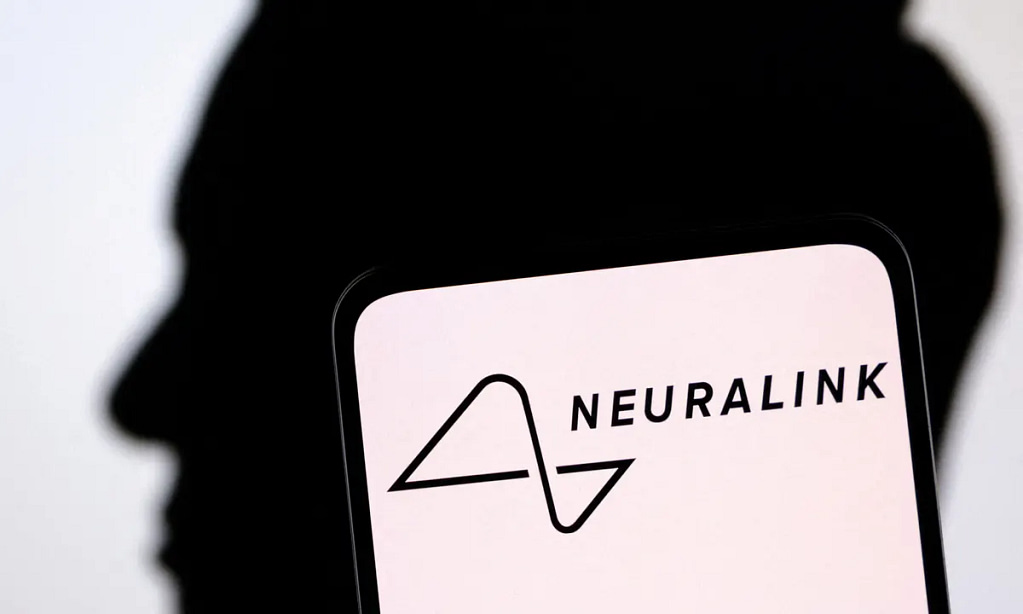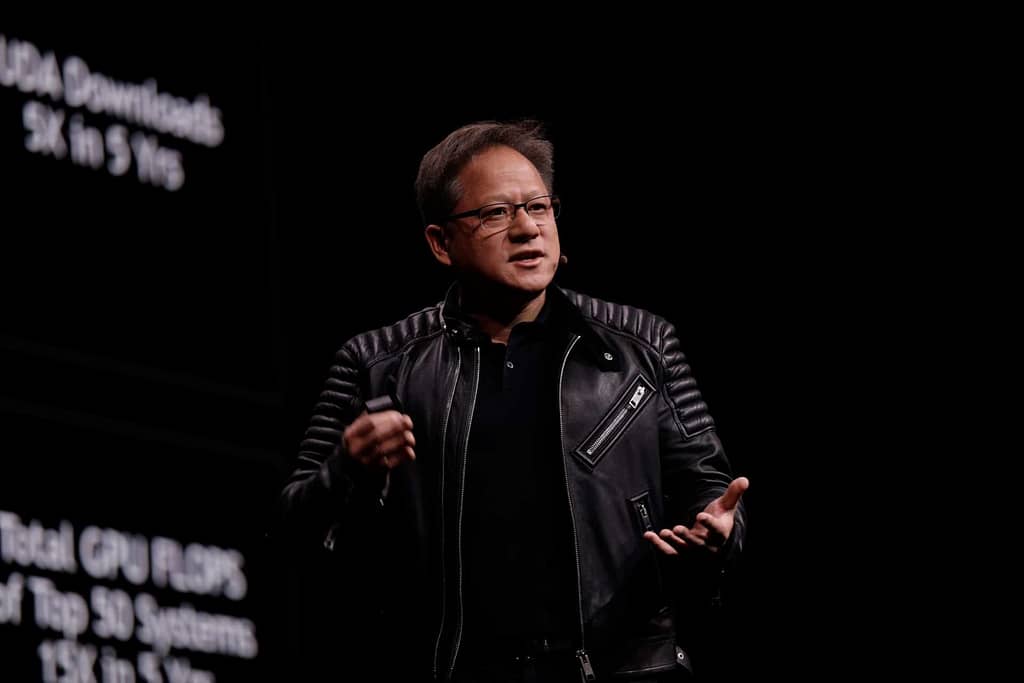In the realm of technology and innovation, few names are as synonymous with groundbreaking endeavors as Elon Musk. From electric cars with Tesla to the exploration of outer space through SpaceX, Musk’s ventures have consistently pushed the boundaries of what is possible. One of his most recent and audacious projects, Neuralink, has been making waves for its ambitious goal: merging the human brain with artificial intelligence (AI) through brain implants. This article delves into the fascinating world of Neuralink, exploring its origins, technology, challenges, and implications for the future.
The Birth of a Vision
Neuralink, founded in 2016 by Elon Musk, emerged from a desire to create direct communication links between the human brain and computers. Musk’s vision was clear: to enhance human capabilities, enable control of devices through thoughts, and treat neurological disorders such as Parkinson’s disease. The ultimate goal was to establish a symbiotic relationship between humans and AI, effectively turning individuals into cyborgs.
At its core, Neuralink’s technology revolves around a brain implant known as “the Link.” Roughly the size of five stacked coins, this device is surgically implanted into the human brain. This isn’t just any surgical procedure; it’s performed by a robot surgeon. The Link is equipped with electrodes that record neural activity and stimulate specific brain regions, enabling users to interact with digital devices using their thoughts.
A Bold Leap Forward
The concept of controlling devices with thoughts and merging human consciousness with AI may seem like science fiction, but Musk’s Neuralink is inching closer to making it a reality. The company’s journey, however, is not without its hurdles. Ensuring the safety and viability of the technology is paramount, especially when it involves implanting hardware directly into the human brain.
Before moving to human trials, Neuralink rigorously tested its implants on animals, including monkeys. Now, with the approval to recruit human subjects, the company stands at a critical juncture. Those interested in having a chip in their brain are one step closer to making Musk’s vision a reality. Still, the prospect of a robot surgeon stitching 1,064 wires into one’s brain is enough to give pause.
Balancing Ambition with Viability
Neuralink touts three key selling points for its technology: ease of implantation, absence of damage, and long-term functionality. However, ensuring the long-term viability of a brain implant is a monumental challenge. Many are concerned that such devices could damage blood vessels, a critical issue the human trials aim to address.
Another aspect of Musk’s vision raises eyebrows—the ability to store and replay memories. While Musk envisions a future where Neuralink can replicate something akin to the Pensieve from Harry Potter, neuroscientists remain skeptical. Memories are not videos stored on a hard drive; they are intricate neural signals that constitute our unique experiences. Uploading consciousness, as Musk suggests, presents significant scientific and philosophical challenges.
Despite the potential hurdles, Elon Musk is not one to be deterred by mere viability concerns. Throughout his career, he has been a master of generating hype around innovative ideas. Neuralink’s ambitious venture, bridging the gap between science fiction and reality, could indeed be the next big thing in technology.
The Future of Neuralink
As of now, the line between science fiction and reality is still hazy when it comes to Neuralink. The human trials will serve as a litmus test, determining whether this audacious venture can truly deliver on its promises. Until then, it’s prudent to remain grounded and keep our brains “chipless,” as Neuralink’s journey unfolds.
In conclusion, Neuralink represents a remarkable convergence of technology, medicine, and human imagination. Elon Musk’s bold vision for merging humans with machines through brain implants has captured the world’s attention. While the challenges are immense, the potential benefits of such technology, from improving the lives of those with neurological disorders to unlocking new frontiers in human-computer interaction, are equally significant. As Neuralink continues to push the boundaries of possibility, we find ourselves at the cusp of a new era where the lines between humanity and technology blur like never before.




